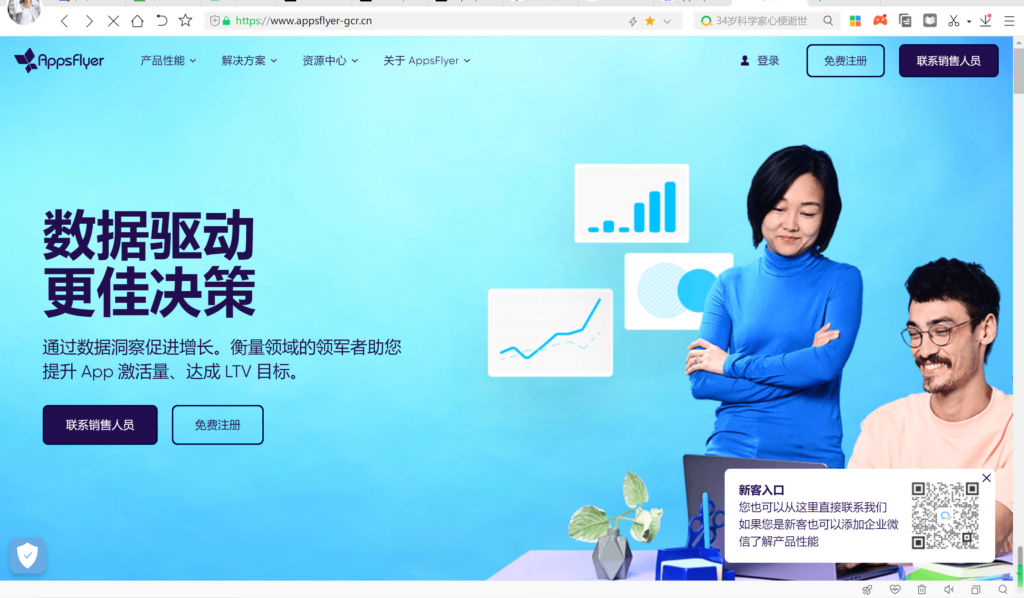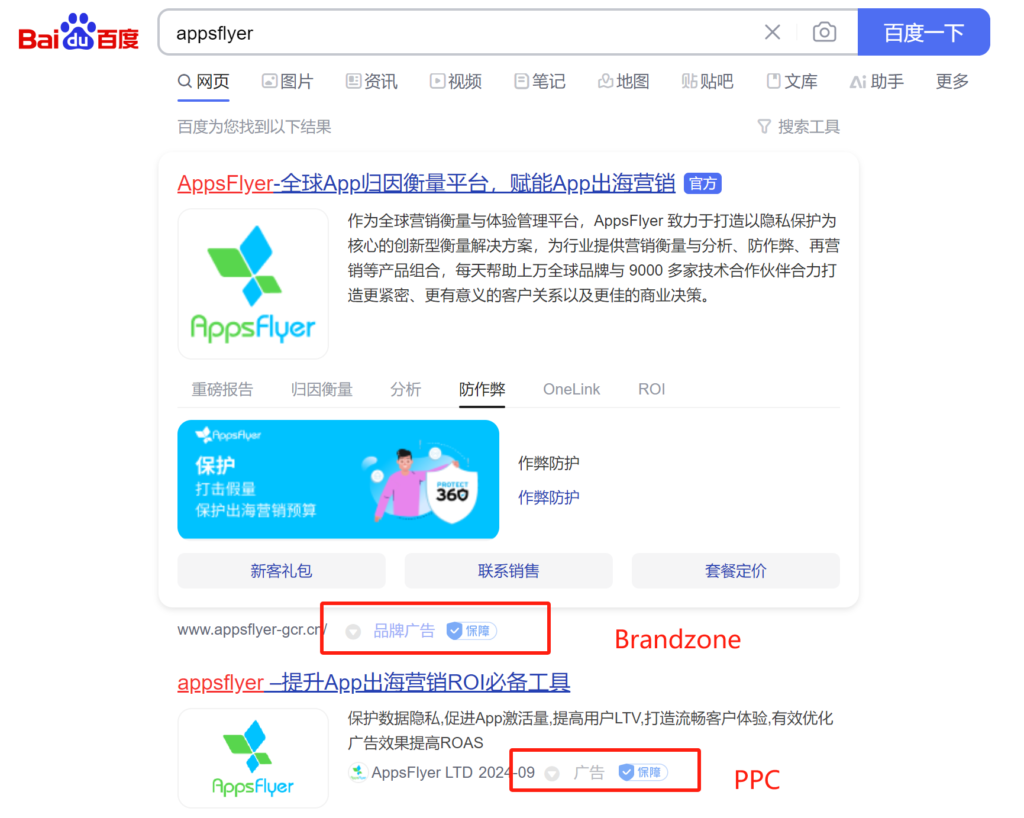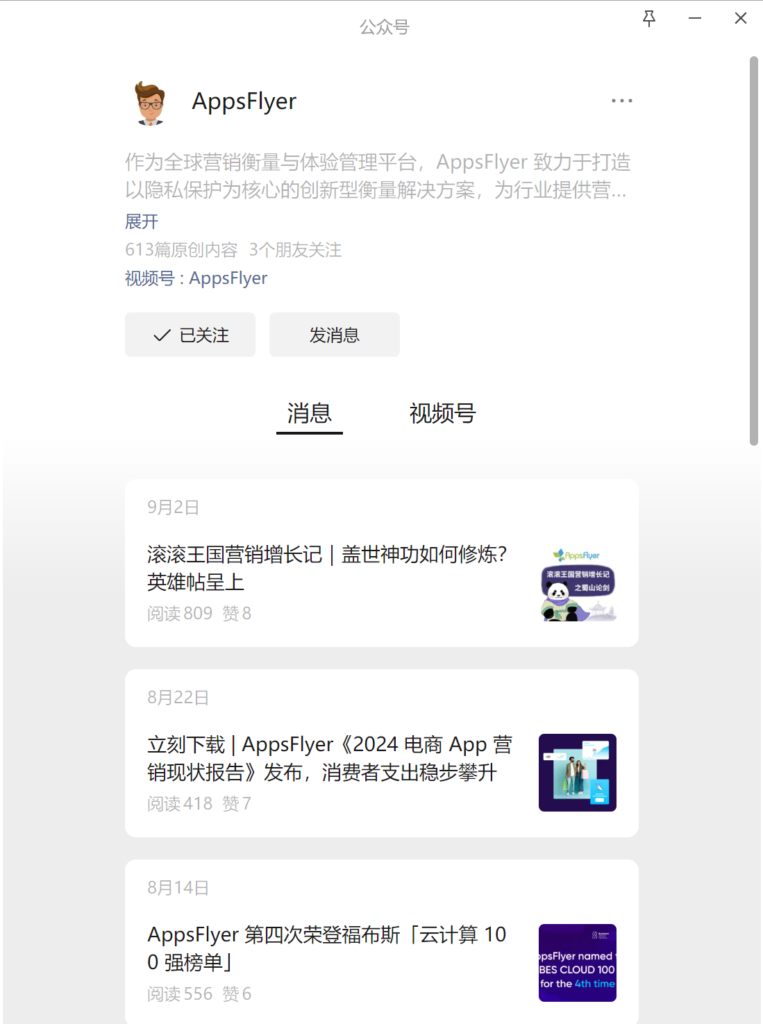The Chinese market presents a vast opportunity for B2B brands looking to expand their global footprint. However, navigating this market requires a deep understanding of its unique challenges and opportunities. With over 900 million internet users, China boasts one of the largest online populations globally, making it imperative for B2B brands to establish a strong digital presence.
Deep Digital China proposed strategy integrates four key channels: ePR for brand awareness, Baidu PPC for paid traffic and low-cost website creation, SEO for organic traffic, and social media, particularly WeChat, for engagement and lead generation.

II. ePR Strategy: Enhancing B2B Brands Visibility
ePR, or electronic public relations, is a crucial component of any B2B brand’s entry into the Chinese market. By leveraging keyword-driven content across mainstream media, self-media platforms, and industry forums, ePR helps increase brand visibility and establish credibility.
Implementation Steps:
Content Planning: Develop high-quality content centered around brand values and industry trends, ensuring relevance and engagement.
Media Selection: Carefully select media outlets that align with your target audience and industry niche.
Link Optimization: Ensure that published content links are optimized for Baidu search, driving traffic and improving search engine rankings.
Monitoring & Evaluation: Continuously track the impact of ePR efforts, adjusting strategies based on performance data.
III. Baidu PPC Strategy for B2B Brands: Acquiring Paid Traffic
Baidu PPC, or Pay-Per-Click advertising, offers a targeted way to drive traffic to your website. With Baidu’s Jimuyu product, you can quickly and cost-effectively establish a Chinese-language website, creating a strong foundation for PPC campaigns(one point need to mention here is the Chinese website built by jimuyu is not suitable for SEO campaign).
Key Advantages:
Precision Targeting: Reach potential customers based on their search behavior and interests.
Rapid Setup: Leverage Jimuyu for a low-cost, quick-to-market website solution.
Conversion Optimization: Optimize landing pages for higher conversion rates.

IV. SEO Strategy for B2B Brands: Harnessing Organic Traffic
SEO, or Search Engine Optimization, is vital for driving long-term, sustainable traffic to your website. With a well-optimized Chinese-language website, you can tap into the vast pool of organic search traffic in China.
Core Strategies:
Keyword Research & Integration: Identify and integrate relevant keywords throughout your website content.
Content Optimization: Regularly update your site with high-quality, localized content to enhance authority and relevance.
External Link Building: Secure high-quality backlinks from reputable sources to improve your website’s search engine ranking.
Technical Optimization: Ensure your website is optimized for speed, mobile responsiveness, and search engine crawlability.
V. Social Media Strategy: Engaging on WeChat
WeChat, with over 1.2 billion monthly active users, is an essential platform for B2B brands looking to engage with Chinese audiences. By establishing an official WeChat account, you can build a community around your brand and generate leads.
Operational Strategies:
Content Calendar: Plan a monthly content schedule, focusing on informative and engaging posts that resonate with your target audience.
Interactive Content: Engage your followers through polls, surveys, and discussions, fostering a sense of community.
Paid Advertising: Utilize WeChat advertising to reach a wider audience and grow your following.
Data Analysis: Regularly analyze user behavior and engagement data to refine your content strategy and improve results.
VI. Integrated Strategy & Performance Evaluation
It’s not necessary to cover all the channels at the beginning, we recommend international brands leverage ePR and Baidu PPC for the first 6 month, then expand to SEO and social media marketing and other channels. This holistic strategy ensures that brands create a powerful and cost-effective marketing force.
Evaluation Framework:
Set Clear Goals: Define measurable objectives, such as brand awareness, website traffic, and lead generation.
Track Performance: Utilize analytics tools to monitor key performance indicators (KPIs) across all channels.
Optimize Continuously: Based on performance data, adjust strategies and allocate resources accordingly.
VII. Appsflyer’s success in China
Appsflyer, a global leader in mobile attribution and marketing analytics, has successfully enhanced its brand awareness and acquired a significant number of potential users in China.

Firstly, Appsflyer utilized ePR to build and enhance its brand awareness in China. By publishing high-quality press releases, case studies, and industry insights, the company ensured its presence on mainstream media, tech-related and industry forums. To further amplify its impact, Appsflyer carefully selected relevant keywords and embedded them in published content. Through SEO optimization, these articles were strategically positioned to rank high on Baidu.
Second, Appsflyer implemented a robust SEO strategy. They conducted a in-depth market and industry research to identify keywords relevant to its target audience. These keywords included core services like “mobile attribution” and “marketing analytics,” as well as long-tail keywords specific to the Chinese market. Besides, Appsflyer optimized its website structure, content, and metadata to ensure that search engines could effectively crawl and index its pages. By creating high-quality, informative content such as blog posts, whitepapers, and technical guides, Appsflyer not only attracted its target audience but also provided valuable information to potential clients.
To quickly expand its brand presence in China, Appsflyer invested in Baidu PPC advertising and Baidu Brandzone. Through carefully crafted ad copy and precise keyword targeting, the company effectively attracted potential clients actively searching for mobile attribution and marketing analytics solutions.

WeChat plays a key role in Appsflyer’s brand promotion and user engagement efforts. Appsflyer created an official WeChat account and consistently published industry-relevant content, including market trend analyses, product updates, and case studies.

By integrating ePR, SEO, PPC, and WeChat account management, Appsflyer successfully enhanced its brand awareness and attracted a significant number of potential users in China.
VIII. Conclusion for B2B Brands
Entering the Chinese market as a international B2B brand requires a strategic, multi-channel approach. By leveraging ePR for brand awareness, Baidu PPC for paid traffic and website creation, SEO for organic traffic, and social media, particularly WeChat, for engagement and lead generation, you can effectively navigate the complex Chinese digital landscape. With patience, persistence, and a commitment to continuous optimization, success in China’s vibrant B2B market is within reach.
